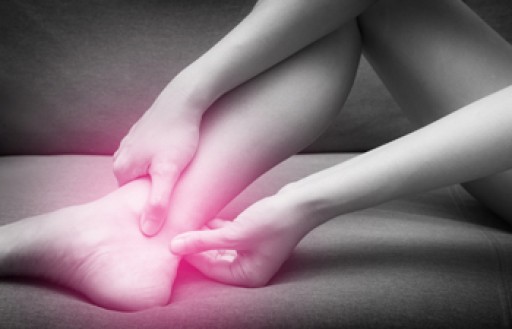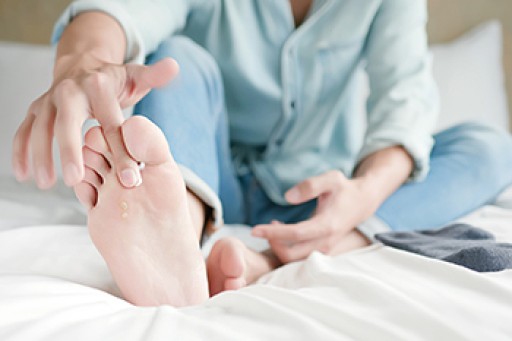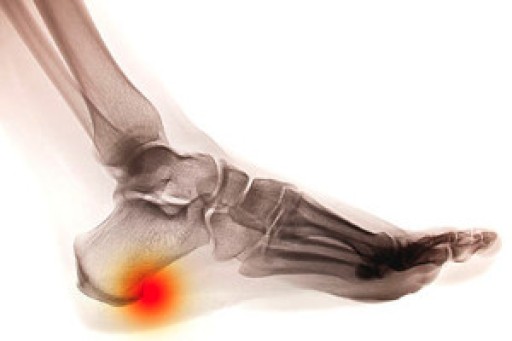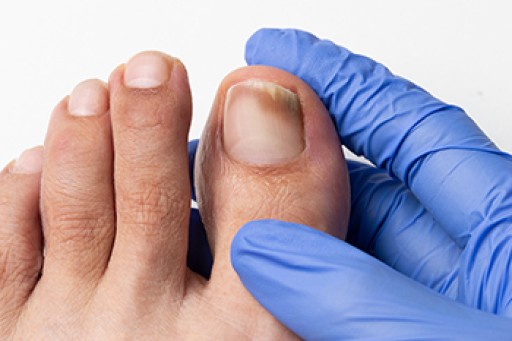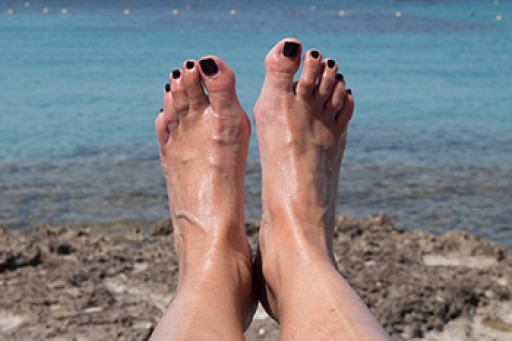
Tendons connect muscles with bones. The Achilles tendon—one of the body’s largest tendons—connects the calf muscles with the heel bone. It is an essential component that facilitates movements, such as walking, jumping and running. Athletes engage the Achilles tendon constantly, which makes them more prone to injuring it through overuse. A common Achilles tendon injury among athletes is Achilles tendonitis. Also known as Achilles tendinopathy, this icondition causes pain and swelling in the tendon above the heel bone and, sometimes, ankle stiffness. Podiatrists are experts at diagnosing and treating Achilles tendonitis and other sports injuries that affect the Achilles tendon. Make an appointment with a podiatrist to have your condition diagnosed and treated properly. Left untreated, Achilles tendonitis may lead to degeneration and tearing of the tendon.
Sports related foot and ankle injuries require proper treatment before players can go back to their regular routines. For more information, contact one of our podiatrists of Carolina Foot & Ankle Specialists. Our doctors can provide the care you need to keep you pain-free and on your feet.
Sports Related Foot and Ankle Injuries
Foot and ankle injuries are a common occurrence when it comes to athletes of any sport. While many athletes dismiss the initial aches and pains, the truth is that ignoring potential foot and ankle injuries can lead to serious problems. As athletes continue to place pressure and strain the area further, a mild injury can turn into something as serious as a rupture and may lead to a permanent disability. There are many factors that contribute to sports related foot and ankle injuries, which include failure to warm up properly, not providing support or wearing bad footwear. Common injuries and conditions athletes face, including:
- Plantar Fasciitis
- Plantar Fasciosis
- Achilles Tendinitis
- Achilles Tendon Rupture
- Ankle Sprains
Sports related injuries are commonly treated using the RICE method. This includes rest, applying ice to the injured area, compression and elevating the ankle. More serious sprains and injuries may require surgery, which could include arthroscopic and reconstructive surgery. Rehabilitation and therapy may also be required in order to get any recovering athlete to become fully functional again. Any unusual aches and pains an athlete sustains must be evaluated by a licensed, reputable medical professional.
If you have any questions please feel free to contact our offices located in Mount Pleasant and Charleston, SC . We offer the newest diagnostic and treatment technologies for all your foot and ankle needs.
